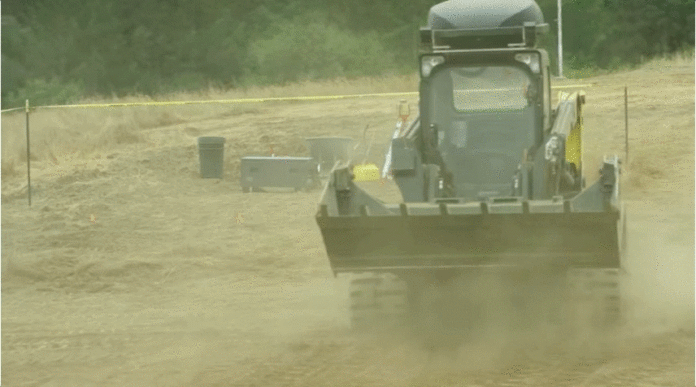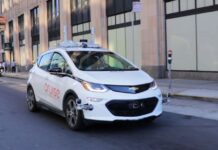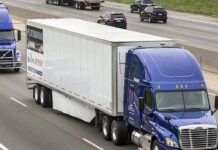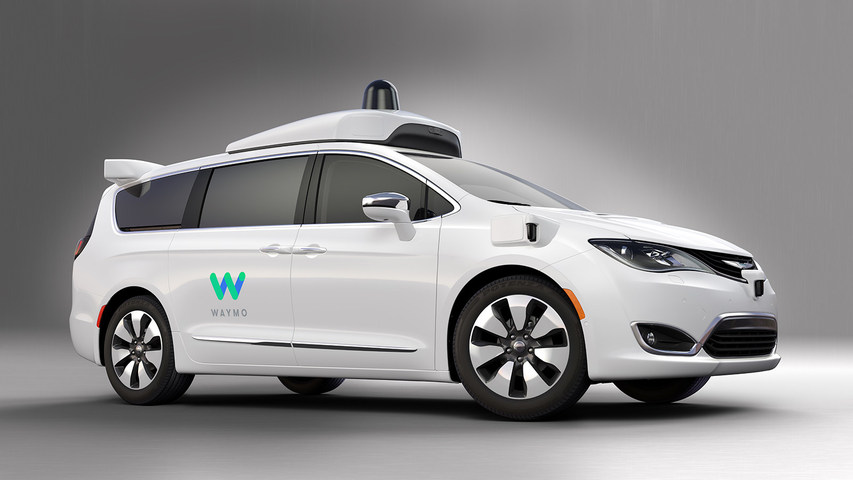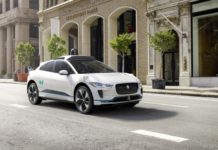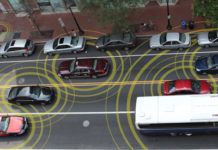Link to video…
We have self-driving cars, self-driving trucks, self-driving boats, and self-driving buses, so it was only a matter of time before we got self-driving bulldozers.
Built Robotics is a new company coming out of stealth today that aims to disrupt the $130 billion excavation industry with its fleet of autonomous earth movers. Rather than sit in the dusty cab all day, operators can program the coordinates for the size hole that needs digging, then stand off to the side and watch the vehicle do all the work. The startup just raised $15 million to hire engineers and get the product to market.
And much like the self-driving vehicles operated by companies like Waymo and GM, these robot bulldozers and back hoes use sensors like LIDAR and GPS to “see” the world around them. But unlike any of the autonomous cars driving around California or Arizona these days, these heavy movers use specially designed sensors to withstand the massive amounts of vibrations involved in excavation.
Built Robotics is headquartered on almost an entire acre of dirt-filled construction space in a nondescript, fenced-off area in the Dogpatch on the east side of San Francisco, where the robotic construction equipment is refined and tested. Noah Ready-Campbell, CEO and founder, was coming off of several years at Google and then eBay when he decided to leverage his early years watching his contractor father on construction sites into a new business.
:no_upscale()/cdn.vox-cdn.com/uploads/chorus_asset/file/9493997/built_robotics_2.gif)
“I would spend most summers working for him, painting, scrapping, digging up trash,” Ready-Campbell says. “At the time I hated it, and thought, ‘I’m never going to do this.’”
And in some sense, he still won’t be because his robot bulldozers will be doing all the digging and scrapping. And to those who are concerned about jobs that could be lost to automation, his main argument is safety and productivity. Fatal injuries among construction and extraction occupations rose by 2 percent to 924 cases in 2015, according to the US Bureau of Labor Statistics — the highest level since 2008. Meanwhile, 70 percent of construction firms lack skilled workers, potentially stalling commercial and home building projects.
“It can be boring, too,” Ready-Campbell says. “It’s monotonous work. There are safety issues. It’s easy to zone out, make mistakes, and over excavate a site… I’ve talked to a lot of operators and owners, and most say this is great.”
Self-driving cars are programed to be accurate down to the centimeter, but with autonomous construction equipment, operating within a confined, geofenced space without variables like pedestrians and bicyclists, the software that powers the machines can be much less precise. “We actually need [our machinery] to excavate with dirt and collide with the environment and do its job,” Ready-Campbell says. “You’d never want a self-driving car to collide with its environment.”
His contractor father still took a little convincing. “When I first told dad, he reacted pretty negatively. He was like, ‘Why do you want to steal these guys’ jobs?’” Ready-Campbell says. But after watching the machines in operation, “He’s come around on it.”



